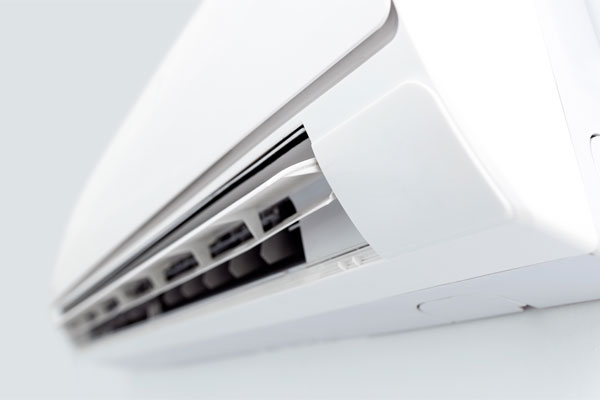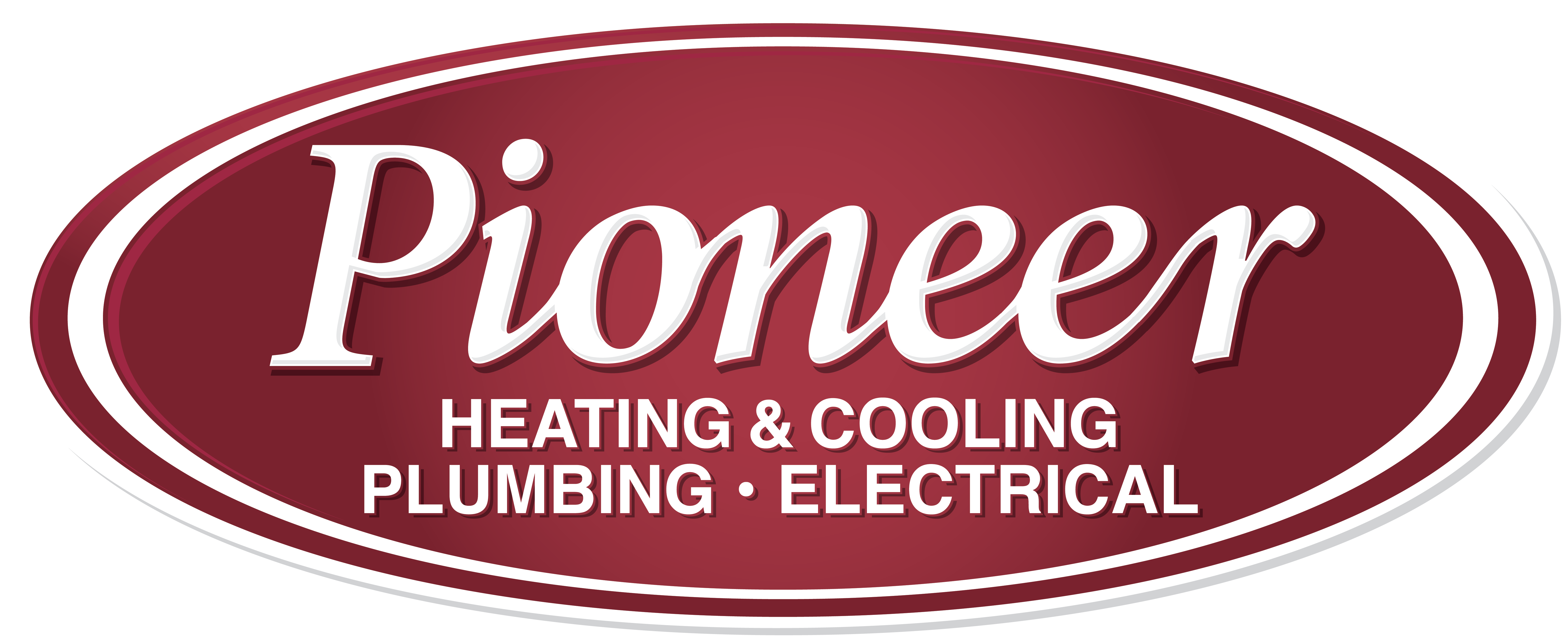In the evolving landscape of home climate control, mini split HVAC systems stand out for their flexibility and efficiency. These ductless air conditioners, capable of both heating and cooling, offer a customizable solution for temperature regulation without the need for extensive ductwork. Their design includes an outdoor compressor/condenser coupled with an indoor air-handling unit, making them adaptable for various settings and promising year-round comfort with individualized room control.
Selecting the right HVAC system can be pivotal in achieving cost-effective and tailored climate management in residential and commercial spaces alike. This article will dissect the merits and considerations of a mini split AC, including energy efficiency, air quality improvements, and noise reduction, ensuring informed decisions for those contemplating a ductless ac solution.
Understanding Mini-Split HVAC Systems
A mini-split HVAC system, also known as a ductless AC, is a heating and cooling solution that is growing in popularity due to its efficiency and flexibility. Central to its design are two key components: an outdoor unit, which houses the compressor/condenser, and one or more indoor units, known as air handlers. These systems are particularly advantageous for their energy efficiency, as they allow for precise temperature control in individual rooms. This targeted approach means that energy isn’t wasted on unoccupied spaces, a common issue with traditional HVAC systems.
Key Features of Mini-Split HVAC Systems:
Energy Efficiency: By enabling independent temperature settings for specific areas, mini-split systems reduce energy loss and can lead to long-term savings despite a higher initial investment.
Design Flexibility: Indoor units can be mounted on walls, ceilings, or floors, offering versatile interior design options without the constraints of ductwork.
Advanced Technology: Utilizing inverter technology, mini-split systems adjust compressor speed to match the cooling or heating demands, further enhancing energy savings.
Mini-split systems come in various configurations, such as single, dual, and triple zones, catering to the different heating and cooling needs of a home. These systems are not only quick to install but also boast features like remote controls, programmable thermostats, and air filtration systems, which contribute to improved air quality and quieter operation. The absence of ductwork in mini-split systems also means there is no energy loss due to air leakage, which is a common drawback of traditional ducted systems. With higher SEER ratings, mini-split HVAC systems are a cost-effective and efficient choice for both new installations and retrofitting existing spaces.
Advantages of Mini-Split Systems
Mini split systems, with their innovative design, present a multitude of advantages over traditional HVAC systems, particularly in terms of installation and energy efficiency. One of the standout benefits is the ease of installation. Unlike conventional systems that require extensive ductwork, a mini split ac only necessitates a small hole in the wall to connect the indoor and outdoor units. This simplicity not only reduces installation time but also minimizes the disruption to the home or building structure.
Energy efficiency is another significant perk. The absence of ducts in a ductless air conditioner eliminates the energy losses typically associated with forced air systems. Ductwork can account for more than 30% of energy consumption, especially if leaks or poor insulation are present. By circumventing this issue, mini split systems can offer substantial savings on cooling costs.
Here are some key points highlighting the advantages of mini split systems:
Installation Simplicity: Requires only a small wall hole for connection, offering a less invasive process.
Enhanced Energy Efficiency: Ductless design prevents energy loss, leading to lower utility bills.
Zoned Comfort: Individual room control allows for personalized temperature settings, ensuring comfort where and when needed.
Application Flexibility: Suitable for various spaces, including multifamily homes, room additions, and small apartments.
Improved Air Quality: Multi-stage filtration reduces airborne particulates, contributing to a healthier environment.
Rapid Temperature Adjustment: Can cool or heat rooms up to 50% faster than traditional systems.
Cost Savings: Up to 30% energy cost reduction compared to central air systems, with proper maintenance extending system longevity.
Incorporating a mini split HVAC system into your home not only provides immediate benefits in terms of comfort and design flexibility but also contributes to long-term cost efficiency and environmental sustainability.
Installation, Maintenance, and Repair of Mini Split AC Systems
While mini split systems boast a less complex installation process compared to their traditional counterparts, achieving the full potential of these systems still demands expertise. Correct installation is critical, not just for the system’s immediate functionality but for its long-term efficiency and reliability. Skilled technicians from Pioneer are essential for determining the optimal locations for both outdoor and indoor units, ensuring that the system operates at peak efficiency without compromising the aesthetic or structural integrity of your home.
Maintenance of mini split systems, although straightforward, is imperative to uphold their efficiency and extend their lifespan. Regular activities such as cleaning the air filters and ensuring that the outdoor unit remains unobstructed are key. While homeowners can perform some maintenance tasks, professional check-ups are recommended to address less visible issues like checking refrigerant levels or inspecting electrical connections.
When it comes to repairs, the unique design of mini split systems requires the expertise of technicians trained specifically in ductless technology. Prompt and knowledgeable repair services are vital to avoid exacerbating issues, which can lead to costly damages or system inefficiency. Engaging with the HVAC professionals at Pioneer for these services ensures that your mini split system remains a reliable source of comfort for years to come.
Maintaining Your Mini-Split System
To maintain the efficiency and longevity of a mini split ac, regular upkeep is paramount. Here are the essential maintenance tasks to keep your HVAC system, including your ductless air conditioner and ductless ac units, running optimally:
Filter Maintenance:
Clean the filters of the indoor units every one to three months to ensure uninterrupted air circulation and prevent dust from clogging the system.
A clean filter is critical for maintaining air quality and efficient system operation.
Unit Cleaning:
Wipe the exterior of both indoor and outdoor units with a damp cloth regularly to prevent dust accumulation.
Keep the condenser coils of the outdoor unit clean to avoid impaired operation due to dirt, debris, or contaminants.
Space and Airflow:
Ensure there is adequate space around both the indoor and outdoor units, with a minimum clearance of four feet to facilitate unobstructed airflow.
During colder months, it is also crucial to remove any ice or snow from the exterior unit to prevent potential damage and maintain system efficiency. Additionally, professional maintenance from Pioneer should include an annual inspection and tune-up, during which an HVAC technician will perform tasks such as:
- Inspecting and cleaning or replacing air filters.
- Cleaning removable parts, the fan, and the evaporator coil inside the indoor unit.
- Applying a commercial coil cleaner to the indoor coil.
- Inspecting all other system components for optimal functionality.
Adhering to these maintenance practices will not only enhance the performance of your mini split HVAC system but also help avoid costly emergency repairs. Regular care ensures that your air conditioning remains in peak condition, providing comfort and efficiency throughout the year.
Conclusion
Throughout this discussion, we’ve journeyed through the intricacies of mini split HVAC systems, appreciating their adaptability, energy-saving potential, and the myriad benefits they pose over traditional air conditioning setups. From the targeted temperature control in individual rooms made possible by these innovative systems to their notable contribution to enhanced air quality and noise reduction, the advantages extend well beyond just heating and cooling. Embracing a mini split system aligns with the modern pursuit of efficient, sustainable living, promising both immediate comfort and long-term rewards.
For those ready to upgrade to a ductless AC, careful consideration of the discussed points—ranging from installation procedures to maintenance practices—can ensure the selection of a system poised to meet specific needs. Remember that the right mini split system will serve as a cornerstone of home climate management; an invitation to enjoy personalized comfort and improved energy efficiency. To explore a tailored solution for your home, discover the possibilities with mini splits and begin your journey toward a more controlled and cost-effective climate, get in touch with the HVAC professionals at Pioneer today!

